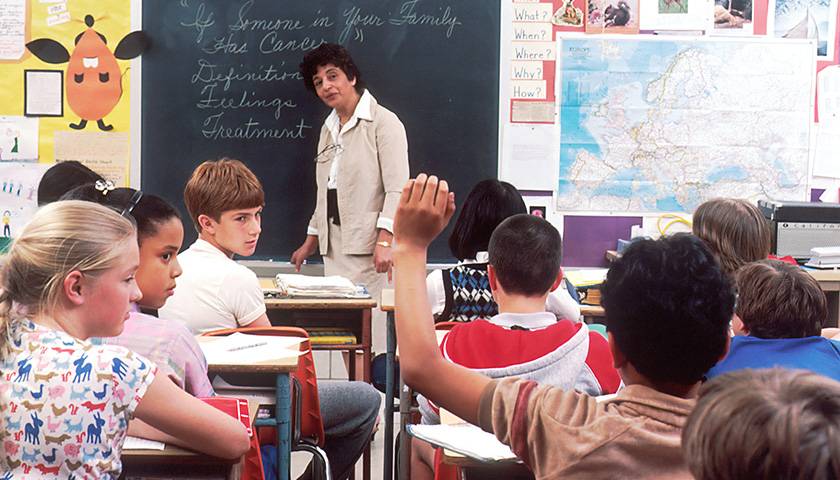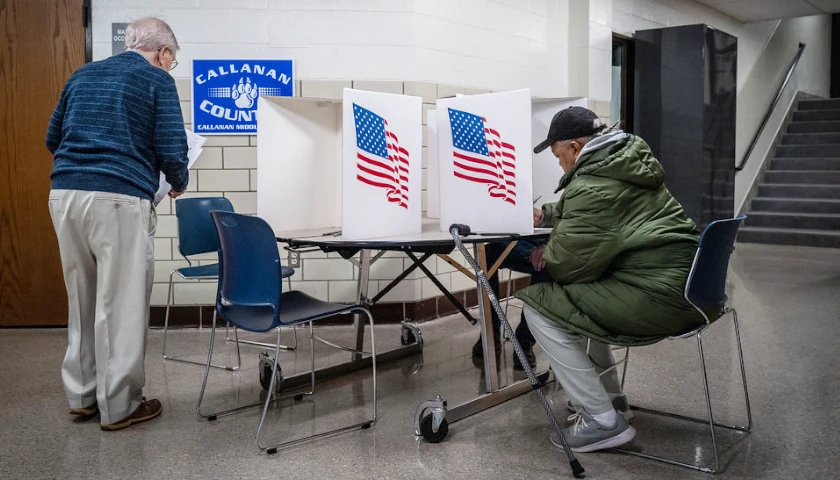by Antonette Bowman
The House Education and Workforce Committee convened a hearing last week entitled “American Education in Crisis.” The perennial left–right debate between promoting parents’ rights and protecting public schools was on full display.
Committee Chair Virginia Foxx, a Republican from North Carolina, used her opening statement to argue for extending “education freedom” and to defend parents’ prerogative to take their children and the public funding that goes with them to private, charter, or home schools. Representative Suzanne Bonamici, a Democrat from Oregon, countered by expressing her “strong opposition” to plans that would “funnel taxpayer dollars to unaccountable private schools and for-profit charter schools,” saying that such an approach would “undermine the effectiveness of public education.”
With both sides launching familiar salvos in a policy debate that never seems to go anywhere, what’s needed are reforms to improve American education that could actually garner bipartisan support. A policy of teacher choice could do just that by addressing some of the legitimate concerns of parents while preventing a damaging exodus of students and financial resources from many of America’s public schools. Indeed, letting parents and guardians of public school students choose from available teachers could empower parents and restore the parent-teacher-school relationship, facilitate more effective teaching, improve student learning, and elevate the status of the teaching profession.
To implement a policy of teacher choice, K-12 public schools could provide parents and guardians with teacher profiles and offer the opportunity to pick from available teachers at the beginning of each semester. These profiles could feature a balance of qualitative and quantitative information – including the teacher’s educational background and performance, student and parent testimonials, a description of teaching philosophy, and brief video footage of teachers speaking directly to parents and working in the classroom.
Allowing parents to choose who teaches their children would build greater trust with teachers. Parents would feel more empowered, and teachers would feel honored by the choice and more motivated to perform well. Parents and teachers could then work together to tailor more creative and effective curricula for students.
Teacher-choice policies would also boost student learning by facilitating better instruction. According to RAND, teachers matter more to student achievement than any other aspect of schooling. Permitting parents to find a pedagogical match for their children will enhance learning, as kids are more likely to excel when they have good personal relationships with their teachers and feel welcome in the classroom.
This model would reward top teachers and shine a spotlight on underperforming teachers, who could then choose to emulate the high performers or find a new line of work. As less competent teachers depart, morale and mutual respect will improve among remaining teachers. This, in turn, will elevate the image and status of the school and the teaching profession generally.
Critics of a teacher-choice policy might argue that some parents will make bad decisions. Some may rely on rumors about teachers or select teachers thought to be easy graders. Negligent parents may even fail to pick a teacher for their child at all. These challenges can be managed by administrators and school districts and must be weighed against the benefits ofan approach that empowers parents.
Critics may also argue that a teacher-choice policy would create an increased administrative burden. Adopting this approach would no doubt require an investment of staff time and energy. But schools already expend substantial time to achieve a relatively equal student distribution among classes by achievement level, behavioral and medical considerations, language ability, gender, physical maturity, special needs, and even personality conflicts with faculty.
Besides, a teacher-choice policy would generate its own distribution – perhaps a more effective one in some schools. Different parents will want different types of teachers. When necessary, counselors and administrators can work with parents to even out the student distribution, based on mutual consent. Public schools can ease some of the burden by creating online registration systems for selection of courses and teachers, as most colleges and universities do.
Over the long term, underperforming teachers who are not a good fit for the school and community will struggle to attract students and will need to move on.
And that’s exactly the point.
The Left is correct that if we abandon public schools and allow them to deteriorate, we shouldn’t be surprised if our democracy declines, too. But the Right has a point in emphasizing the prerogatives of parents when it comes to their children’s education. Who can blame parents for being frustrated when their child is taught in a public school by an obviously subpar teacher?
Establishing a policy of teacher choice can begin to bridge the partisan divide by simultaneously empowering parents, preserving public schools, and perhaps even catalyzing a renaissance in American education. This is an approach we should all be able to support.
– – –
Antonette Bowman writes the Raising Americans Substack. She served as a public and private school teacher for eightyears. She is a graduate of Stanford University and earned an M.A. in Teaching from Johns Hopkins University.
Photo “Teacher and Students in a Classroom” by National Cancer Institute.




